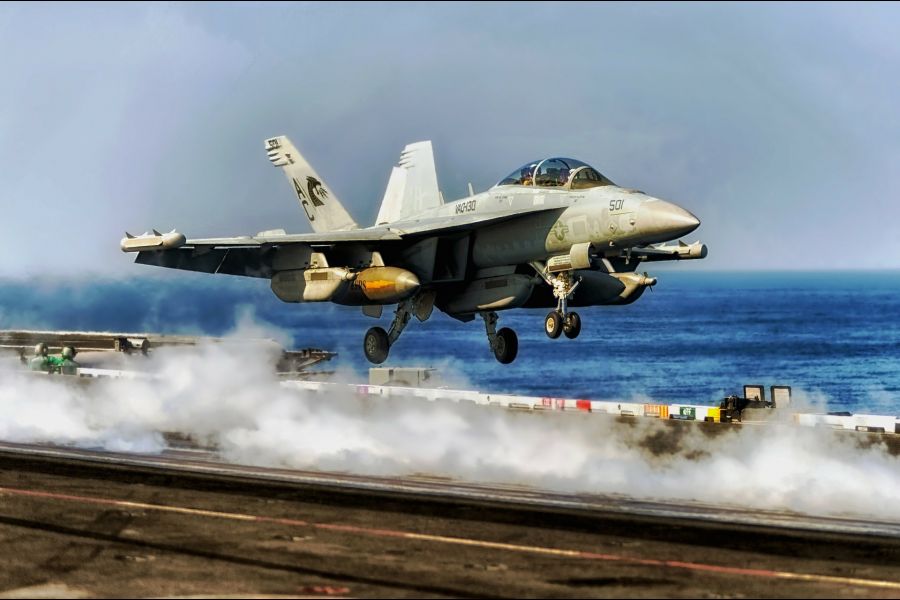Dr. William Brown is a professor of neurology at McMaster University and co-founder of the Infohealth series at the Niagara-on-the-Lake Public Library.
In 1940, the British navy was very short of aircraft carriers to protect its vital convoys from U-boats and the German reconnaissance aircraft that tracked them and guided the U-boats to the convoy.
Given the situation, Winston Churchill made a desperate decision for desperate times – lop the tops off small merchant ships and add decks on top. It was a makeshift, brilliant proposal but hazardous for crew and pilots alike.
Landing fighter aircraft on carrier decks in those days was never going to be easy for the decks were so short – 400 feet in this case. That and landing on heaving decks in rough seas made every landing dangerous and if the hook failed to catch the last cable, a crash into the sea and near certain death was usually the result.
Eric Brown was a Royal Navy fighter pilot assigned to just such an aircraft carrier, which was charged with escorting a convoy from Gibraltar to the U.K. One day enemy reconnaissance aircraft were spotted shadowing the convoy, so Brown and his leader took off to intercept them.
In the ensuing battle they managed to shoot down one four-engine Condor aircraft but return fire crashed into Brown’s cockpit. That was Brown’s last memory until a half hour later when he woke up in sick bay.
The records show Brown was “talked down” to touchdown by his leader who stayed close to Brown’s port wing throughout the return to the ship. Brown’s plane successfully caught the second arresting cable (there was no third), after which his leader banked away to make his own approach and land.
The other day I read the takeoff and landing procedures for the Grumman Wildcat fighter that Brown flew that day. Like many Second World War fighter aircraft of those days, the Wildcat was tricky to land at the best of times and there were a lot of checks to make before catching the cable.
On approach, pilots had to control their airspeed within one or two knots and stay on a visual glideslope throughout to the expected touchdown point if they were to have any hope of trapping the cable and landing safely. Learning to land in those days was fraught with crashes – some fatal.
But as it turned out, Brown was a natural for whom a heaving 400-foot deck was fun and just one more challenge to master. Later, he became the most celebrated fleet air arm test pilot of the war and continued to serve well into the era of high-performance jet fighters.
In that fight, Brown was wounded in the left wrist and superficially in the head. He must have suffered a concussion. Even so, for the half-hour between becoming wounded and “coming to” on the ship, he was able to take directions from his leader, operate a complex unforgiving aircraft, follow all the procedures and maintain control, right through to hitting the landing spot on. He was later told that it was one of his best landings.
Brown clearly retained procedural memory because he was able to carry out all the complex procedures for level flight, entering the landing pattern and land precisely, even if he had no later recall of doing so.
The whole experience reminds me of football players I have seen who suffered a concussion yet continued to play for much of the game, only to have to be reminded later of what happened.
Like Brown, they were able to take instructions and carry them out, in one case catching the football in the endzone for the winning touchdown, which he didn’t remember a month later when I examined him.
Concussion raises questions about awareness and attention, both of which were working for Brown and the football players. However, the processes of forming, consolidating and retrieving the memories for the train of events between the concussion and sick bay, were lost to Brown, as it turned out, for the rest of his life.
Learn more during the NOTL Public Library's continuing online series about the brain.










